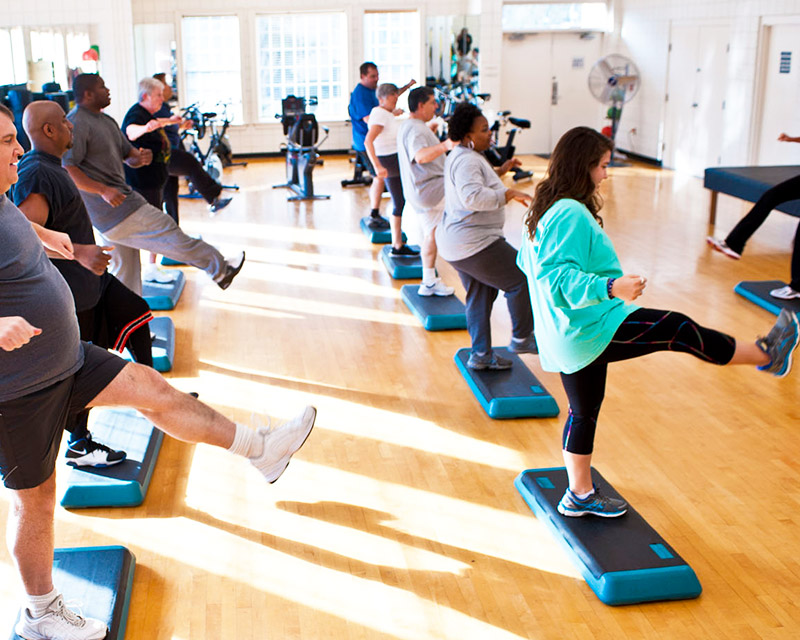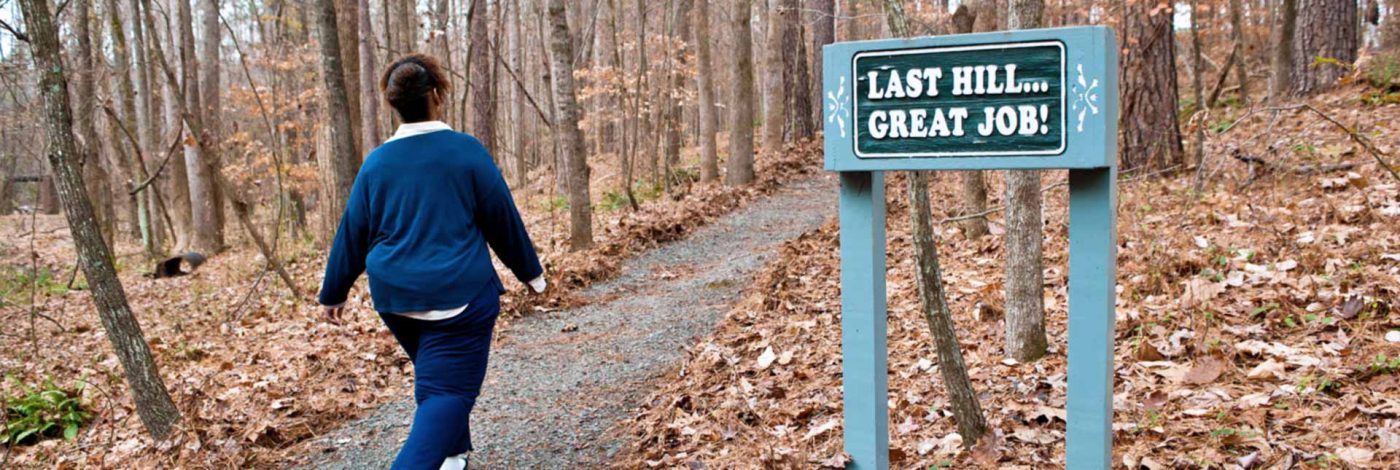Delayed Onset Muscle Soreness, or DOMS, is a phenomenon that impacts exercisers around the globe. Soreness is extremely common, so it’s a given that there are a lot of misconceptions regarding DOMS. Although there are many aspects of DOMS that are unclear, there is a lot that we do know and much of the information discussed in facilities or in forums is incorrect. I have outlined some of the common questions received about DOMS along with the answers to each question.
Why do I get DOMS?
Delayed onset muscle soreness generally occurs, and is typically experienced one to three days after exercise. Its cause is due to micro-tears in the muscle during the eccentric (muscle lengthening) contraction. Isometric “motion” (force without movement) causes less soreness, and concentric motion (muscle shortening) causes the least amount of micro-trauma to the muscle fibers and subsequently causes little to no soreness. You may ask why? Groups of motor units work together to contract one muscle. During an eccentric contraction, fewer motor units are used. In turn, the force applied is dispersed over a smaller area of the muscle than in a concentric contraction.
Isn’t soreness caused from lactic acid build-up? That’s what everyone keeps telling me.
No. Lactic acid is produced in the muscles during strenuous exercise but is not to blame for muscle soreness despite popular belief. When muscle fibers require an amount of oxygen that is not available in the blood cells, an anaerobic process begins, which produces lactic acid. Yes, lactic acid contributes to the burning sensation you may feel while exercising, but it is out of your system within an hour.
Should I not workout while I’m sore?
If your chest is so sore that every inhalation causes pain, I would not exercise the chest muscles that day. This would also apply to any muscle. However, you do want to move as much as possible to prevent additional muscle stiffness. Active rest days can consist of anything from simple stretching or foam rolling to playing tennis or swimming.
Can I stretch before and after my workout to prevent DOMS?
No. Stretching has very little to do with preventing injury or muscle soreness. Yes, dynamic stretching pre-workout and static stretching post-workout may have other benefits but preventing DOMS is not one of them.
Should I be sore after every workout?
No. Generally speaking, soreness indicates a workout that was difficult but not necessarily a workout that was the most beneficial. You do not need to be sore in order to see progress. As you continue to work through a program, you will experience less soreness although it may never disappear completely.
About the Author: Alex Cartmill is a personal trainer at Oregon State University’s primary recreation center and founder of The Fitness Handbook. He devotes his time to helping others achieve their fitness goals by educating himself and his clients. He has worked with clients of all ages and physical abilities with great success. His philosophy revolves around creating healthy habits in and out of the gym that will last a lifetime. Alex desires to bring together the fitness community to change lives and improve humanity as a whole.






